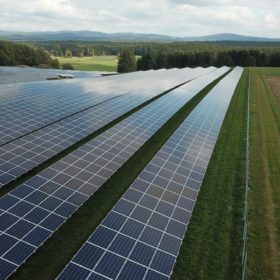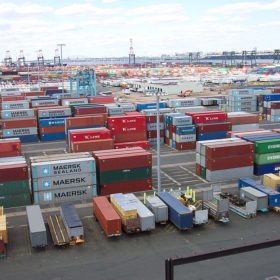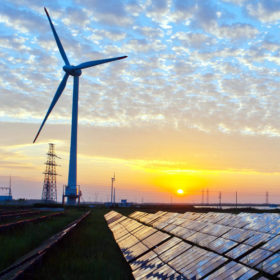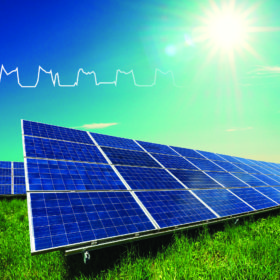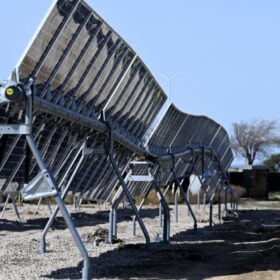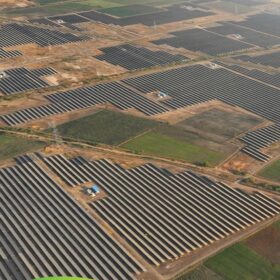Ayana Renewable acquires 40 MW PV projects from First Solar
This marks the first such acquisition for the Bengaluru-based developer as it looks to acquire high-quality operating renewable assets to ensure a balanced risk portfolio.
Value of PV imports tanked 83% in second quarter
Mercom India Research has said the quarterly value of solar cell and module imports was down 83% in the second quarter of the year, compared to the same period of 2019, to sit 54% lower than the value recorded in the January-to-March window.
REIL opens tender for 6500 quantities of 325Wp solar modules
Bids are invited from Indian manufacturers to supply 72-cell, 325Wp polycrystalline solar modules made using domestically manufactured cells. August 20 is the last date to lodge the interest.
Europe will be our next stop – S&W solar interview
Having bagged large orders in the U.S. and Australia, Indian multinational engineering, procurement and construction (EPC) services provider Sterling and Wilson Solar is bidding for tenders in regions which have eased up business lines, Europe among them. Kannan Krishnan, S&W’s chief operations officer for solar in India and the South Asian Association for Regional Cooperation area, speaks to pv magazine about the impact of Covid-19 on the solar EPC business and the company’s expansion plans.
Safeguard duty on solar cell imports extended by a year
The import duty will be levied on Chinese, Vietnamese and Thai solar cells – whether assembled into modules or not – at 14.9% from today and falling to 14.5% in six months’ time. Malaysian products are exempted as their imports have fallen dramatically since the duty was imposed, in July 2018.
PFC to fund IIT- Kanpur R&D in smart grid technology
State-owned Power Finance Corporation will provide Rs 2.38-crore financial assistance to the Indian Institute of Technology-Kanpur to develop infrastructure for R & D in smart grid technology.
Guidelines for using coal-fired power generation to balance intermittent renewables
The Ministry of New and Renewable Energy has specified how procurement of back-up grid capacity will work for electricity distribution companies. The rules consider energy storage solely as part of the 51% clean energy requirement, and instead contemplate coal – with a variable price tariff element – as necessary for evening out supply.
MNRE puts call for ‘global supergrid’ proposals on hold
India’s Ministry of New and Renewable Energy had invited consulting proposals for its ambitious globally interconnected power grid plan called ‘one sun, one world, one grid’ (OSOWOG). The program—taken up with assistance from the World Bank— aims at seamless sharing of renewable energy resources among countries for mutual benefits and global sustainability.
India, Russia to fund joint R&D in renewable energy
The programme aims to create market-ready technology-based solutions, products, and services with the potential to scale in India, Russia, and other countries.
BHEL seeks string monitoring boxes for 20MW NTPC solar project
An aggregate 104 quantities of 16-string monitoring boxes are required for the 20 MW NTPC solar project at Gandhar in the state of Gujarat. Bidding closes on August 4.
